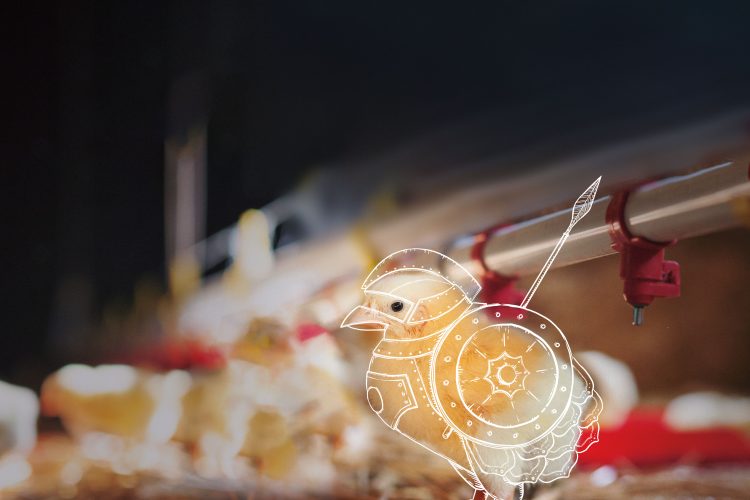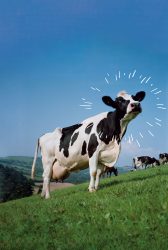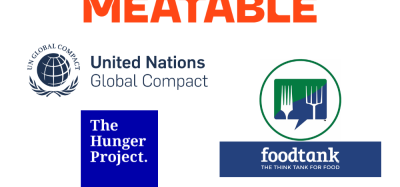Food loss and waste is more than a consumer issue, it’s an industry problem
- Like
- Digg
- Del
- Tumblr
- VKontakte
- Buffer
- Love This
- Odnoklassniki
- Meneame
- Blogger
- Amazon
- Yahoo Mail
- Gmail
- AOL
- Newsvine
- HackerNews
- Evernote
- MySpace
- Mail.ru
- Viadeo
- Line
- Comments
- Yummly
- SMS
- Viber
- Telegram
- Subscribe
- Skype
- Facebook Messenger
- Kakao
- LiveJournal
- Yammer
- Edgar
- Fintel
- Mix
- Instapaper
- Copy Link
Posted: 11 November 2020 | David Nickell | No comments yet
David Nickell looks at the issues of food loss and waste and how – as an industry – we can help address what appears to be an impossible challenge.


Right now, there are an estimated 821 million people in the world suffering from hunger. Meanwhile, our population is growing rapidly; experts believe it will reach 9.7 billion by 2050.
To feed this many people, sustainably, we will need to produce 56 percent more calories than we do at the moment. At the same time, we need to work diligently to reduce the amount of land and resources used for farming, in order to protect our planet’s biodiversity and reduce greenhouse gas (GHG) emissions, making our food systems more sustainable.
Interlinking with all these issues is one central fact: every year, we lose and waste 1.3 billion tons of food in food production, through the value chain and in the hands of consumers.
An impossible challenge?
It would be easy to look at these numbers and think we are facing an impossible challenge. It is an enormous global issue, but it is one that can be influenced by all parts of the value chain – we all have a role to play. I must stress: if not us, who? And if not now, when?
Addressing food loss and waste is fundamental to the world achieving sustainable food systems and being able to feed a growing population with healthy, balanced diets. Many have suggested that certain food sources, particularly animal proteins, will be incompatible with the kind of sustainable production we need to create. However, despite increased trends for vegetarian and vegan diets in the West, it’s important to remember that elsewhere consumption of animal protein is actually rising – rapidly. Experts predict a worldwide increase of 70 percent in demand by 2050.
Animal protein is central to many cultures and represents a tremendous source of nutrients as part of a healthy, balanced diet. However, according to the FAO, as much as $150 billion a year of animal protein is lost or wasted, and globally the issue is considered responsible for eight percent of the world’s total GHG emissions. It is evident that the onus is on all of us to make tangible changes that lead to less food loss and waste.
How do we reconcile competing needs?
Scientific innovation is leading to change across all sectors and industries worldwide, and while our lifestyles might need adjustments, many of the greatest challenges can be met by invention and human ingenuity. Food loss and waste is one of these problems, but with the right tools and focus, we have the potential to significantly improve the situation. This ambition is captured in the UN Sustainable Development Goal (SDG) 12.3, which sets out the goal to reduce food loss and waste by 50 percent by 2030.
Food industry alone will sink Paris Agreement says new research
Currently, 30 percent of all food produced worldwide is lost in production, while a further 30 percent is wasted by consumers. Loss of meat, milk, fish, and eggs currently represents 12 percent of total food loss globally. That’s a huge quantity – but just think how many more people we could feed from the same land and resources if we reduced these figures.
From production to plate
The key to resolving this issue lies not with one individual, company or sector; it is a problem that requires tailored solutions at every stage of the value chain. Some responsibility must sit with consumers, especially in certain parts of the world: 61 percent of calories are wasted at the consumer level in North America and Oceania, for example, compared to only 13 percent in South and Southeast Asia (although these regions lose much more in production).
There is also action that can be taken by the food industry across the supply chain to help consumers make good choices in this regard. For example, at DSM Animal Health and Nutrition, we asked ourselves why consumers throw food away. Often, the answer isn’t that the food has gone off, but that they think it has gone off, due to changing colours and odours. This is a particular problem in meat, where consumers are rightfully wary of the health implications of eating something past its best.
Bringing science to the table
As a result, research carried out by our scientists has found that animals fed a diet higher in vitamin E, a natural anti-oxidant, will lead to more vitamin E being deposited in the muscle cell membranes. This, in effect, slows down the normal oxidative process in the meat, reducing off-flavours and colour change, and increasing the shelf life of fresh meat by three to six days and frozen meat by two to three months.


Improving the vitamin nutrition of the animal is easy and very practical to achieve, and means that we can contribute to reducing food loss and waste by starting at the farm. DSM has signed up to the UN SDG 12.3 and through our nutritional solutions and science we are committed to help tackle this issue.
We know that many businesses are waking up to this fact and doing their bit to address this challenge, but we hope that many more will follow. Tackling food loss and waste is one of the surest tools at our disposal to significantly improve the sustainability of our food systems.
About the author
David Nickell is Vice President of Sustainability at DSM Nutritional Products. Having spent two decades working in animal nutrition and health in global business, marketing, innovation and sustainability roles, David knows what truly drives these industries to adopt change in the challenging world of sustainable food production. David has a PhD in aquaculture nutrition from the University of Stirling.
Related topics
Environment, Food Security, Food Waste, Processing, Shelf life, Supply chain, Sustainability, Trade & Economy









